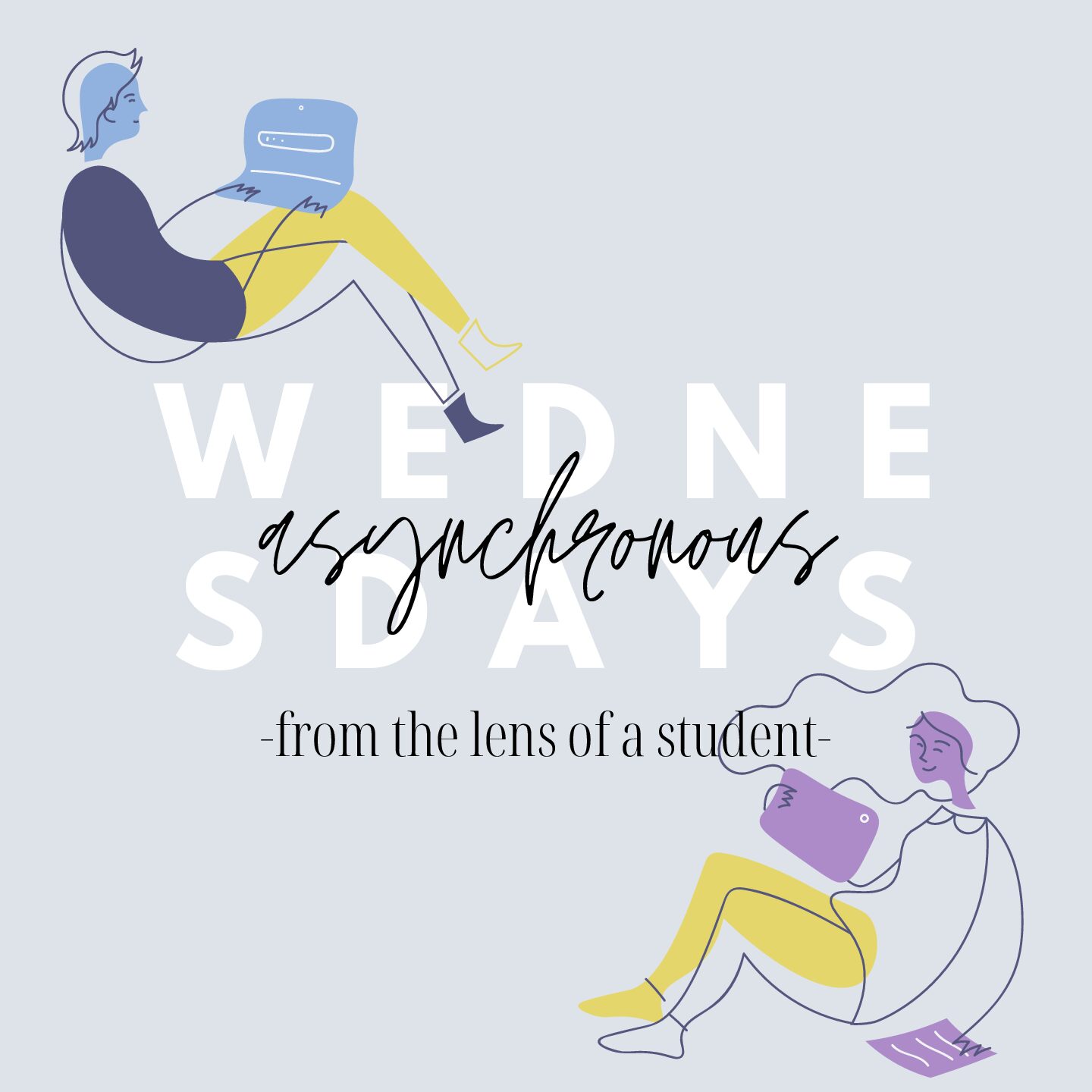By Phoebe Piserchio, Editor
When getting ready for school in the mornings, how many of us actually think, “I love this outfit, but does it conform to the Mills dress code?” Our dress code is one of the many policies listed in the student handbook, which most of us have adopted the habit of blindly signing off on at the beginning of the year; we don’t often worry about dealing with any consequences because of what we’re wearing. Unfortunately, not all students have had that luxury.
According to an article titled, 14 Most Outrageous Dress Code Scandals, by Hannah Orenstein, a student in Florida who had won a county-level National Honor Society competition had her title revoked for wearing a sundress with spaghetti straps during her speech. In Tennessee, more than 40 high schoolers were sent home for wearing leggings without a dress, skirt, or shorts over them. These and countless other similar experiences made me wonder: what’s the deal with traditional gender roles and biases, and why do they still make an appearance in our dress codes today?
Since 1969, dress codes have been enforced in schools to promote and establish safety, education, and image. Our own district, San Mateo Union High School, has a policy that states the student dress code should support students’ “body-positive self-image.” The dress code also should be conducive to a comfortable and active school day that is free of unnecessary discipline. Although well-intentioned, these and other regulations have frequently been the subject of intense debate elsewhere.
In September 2014, a female student in Florida was stopped in the hallway by a teacher and sent to the office for wearing a skirt deemed “too short”. She was then forced to wear an outfit specifically designed by the school for dress code violations, which included a bright yellow shirt and red sweatpants, both which featured the bolded words “dress code violation”. According to the student, the school itself described what became known as the ‘shame suit’ as a way to purposely embarrass you and discourage future violations. This shocking story highlights one of the main reasons why dress codes have been so problematic; they are unfair towards young women and can result in dehumanization.
Nevertheless, in places where they aren’t so draconian, dress codes can still set a positive tone at schools for what is and is not acceptable, like supporting religious and self-expression and drawing a line against violent or hateful speech. For instance, offensive language or images on clothing should not be condoned.
Personally, I think the idea behind the purpose of dress codes makes perfect sense– for instance, showing up to school naked shouldn’t be an option. However, it goes without saying that these rules can, and will, be twisted to a ridiculous level. The notion that “spaghetti straps cause distractions” and the “fingertip policy,” which mandates that all bottoms must fall below one’s fingertips, are the most commonly referenced examples of dress codes taken to an extreme. It’s important that students feel empowered to dress in a way where they can express themselves and match their identity.
Lucky for me and you, Mills has a very reasonable dress code. We can come to school wearing pajamas, spaghetti straps, and even onesies—free of worry about being stopped in the hallway. While we can only hope for a change in places such as the ones alluded to above, here at Mills, with regard to the dress code, we can be content with the status quo.



